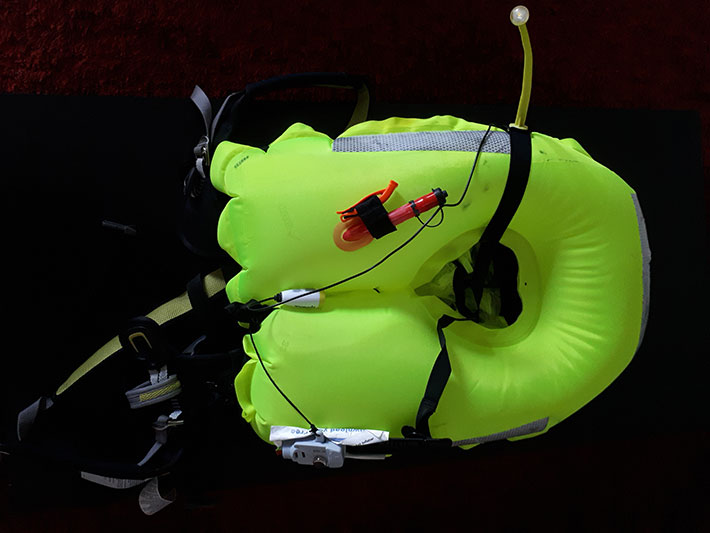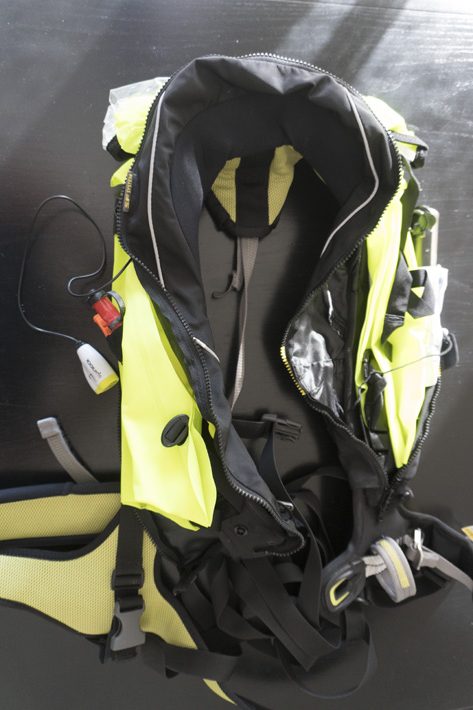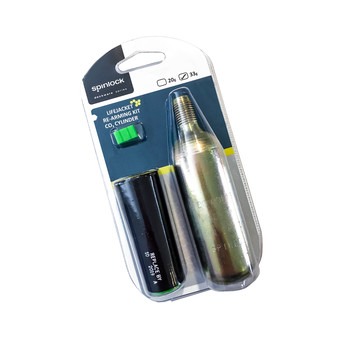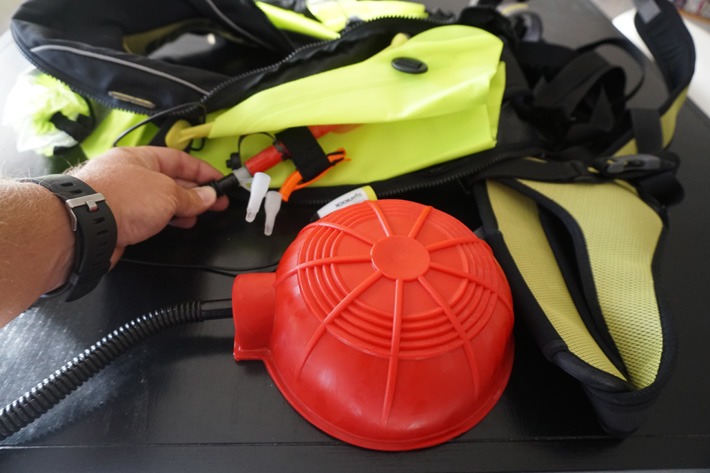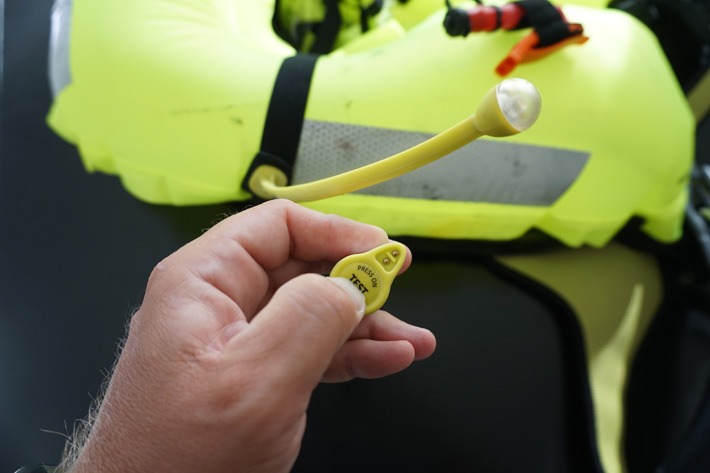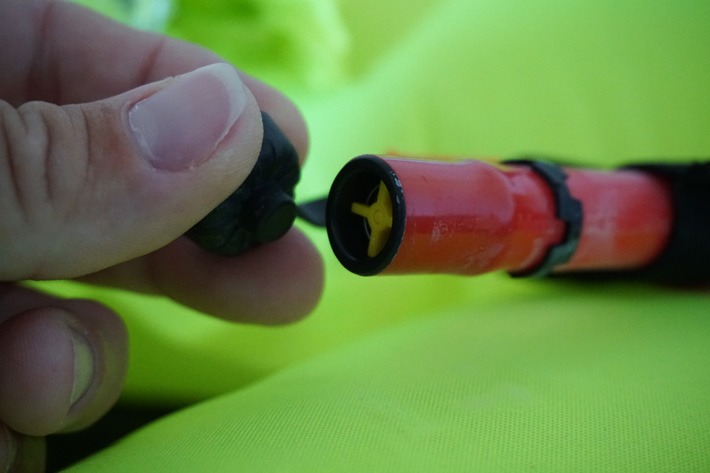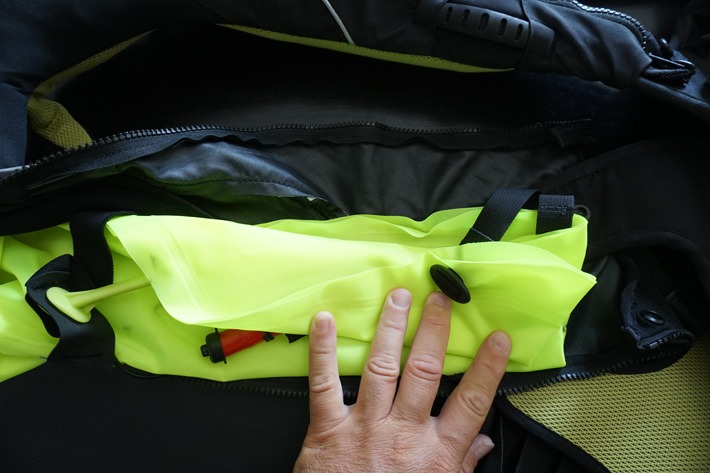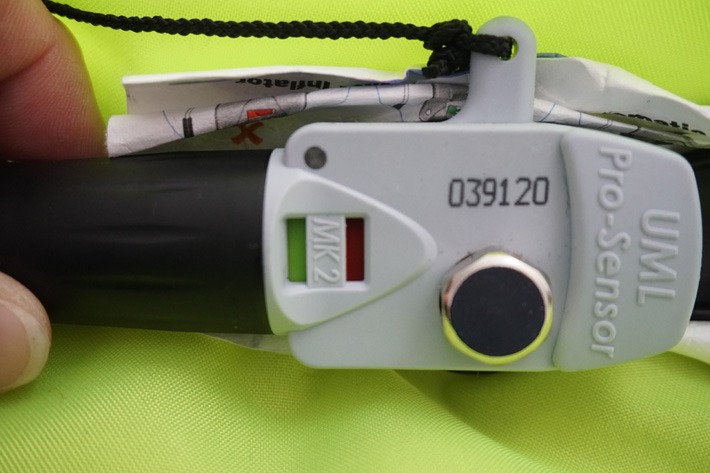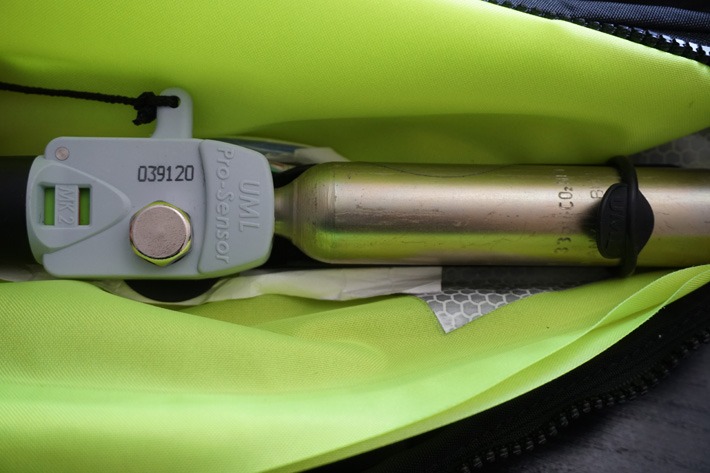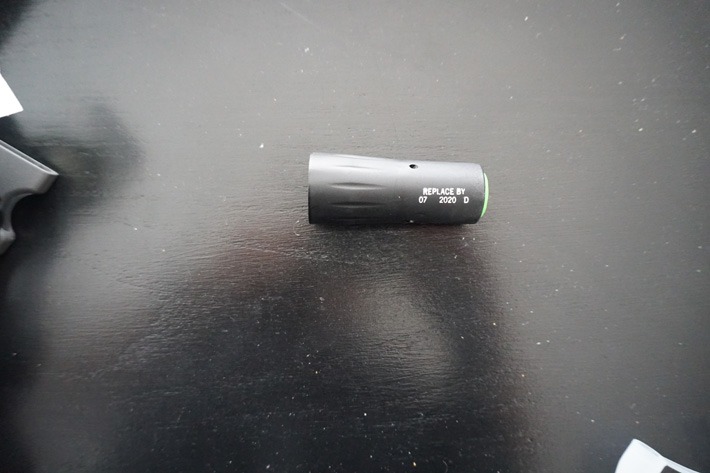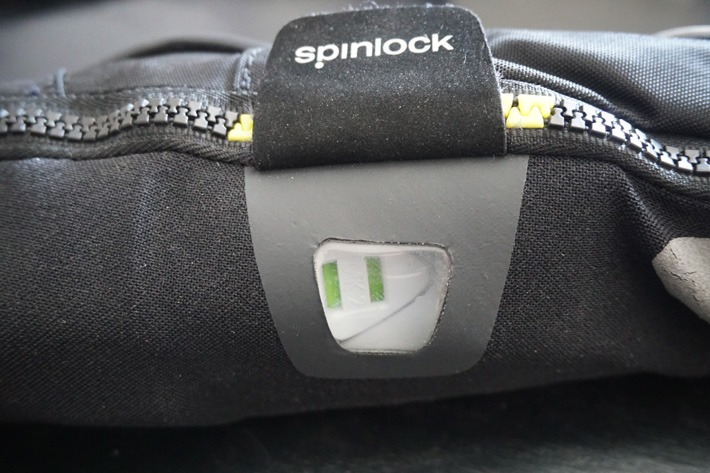Self-inflating life jackets are reliable, practical, and comfortable to use, but to keep them efficient, they must be treated well and periodically serviced. Let’s see how to maintain a self-inflating life jacket.
Types of Self-Inflating Life Jackets
There are essentially two types, differentiated by their automatic activation system. They can be hydrostatic, which activate with water pressure (normally no more than 30 cm depth), or those with a salt tablet or compressed paper, which dissolves on contact with water and acts as a detonator for the canister. Hydrostatic types have the advantage of not ‘triggering’ even in case of water splashes, but they cost more.
Storage
Life jacket maintenance begins from the moment it is used and how it is stored. We are talking about a product composed of plastic, fabrics sewn together, and salt or compressed paper activators. It is immediately clear that the object can degrade over time due to sun (heat and UV rays) or humidity. Here are some simple but important rules for good maintenance of the self-inflating life jacket:
- When not in use (and not needed within reach), avoid leaving it in the sun. I’ve seen people forget their life jacket under the sprayhood for entire days, with the sun entering through the ‘windows’ and hitting it directly. Heat and UV rays lead to an inexorable deterioration of the seams, fabrics, and plastic parts such as the spray hood.
- Avoid wetting it unnecessarily, and if it needs to be dried, store it in a ventilated and shaded place.
Maintenance of the Self-Inflating Life Jacket
In this article, I will use as an example a self-inflating life jacket with tablet activation, which is the most commonly used. The maintenance operations are similar for hydrostatic models as well, albeit with due differences in the rearming kits.
In an inflatable life jacket, we have the following replaceable parts
- Disposable CO2 cylinder
- Cartridge with salt tablet/paper or hydrostatic valve, both disposable
- Automatic flashing light
- Spray hood
Every 6 months, it is advisable to do a complete overhaul for effective and thorough life jacket maintenance. First, operating on the zippers and Velcro, open the jacket and remove the CO2 canister and cartridge to avoid accidental activations.
Check the date on the cartridge and canister, and replace them with the appropriate rearming kit if necessary. Note that the cartridge shows the expiration date, while the CO2 canister shows the manufacturing date. Manufacturers say the canister has no expiration date, but personally, I change it when I detect rust, a decrease in the indicated weight (meaning it has lost gas), or after 5 years from its manufacture.
Using one of those camping dome pumps, inflate the air chamber. It should absolutely not be done by mouth, because breath would also introduce saliva that would deposit inside, risking damage to the air chamber and its plastic parts.
Once inflated, for proper life jacket maintenance, let it rest for at least 24 hours in a shaded place at a constant temperature.

After this time, check that it has not deflated. If its volume has decreased, this could be caused by a leak or temperature change. At this point, during the life jacket maintenance, it is essential to check for any leaks by applying liquid soap (not harsh!) to the air chamber. If in doubt, replace the air chamber (if possible) or the entire life jacket.
Other fundamental checks in the maintenance of the self-inflating life jacket:
- All seams must be intact and should not show any unstitching
- The spray hood should not be damaged by heat (dry or broken plastic)
- Check the whistle
- The safety light must be functional, which can be verified with the appropriate test button
If the seams show problems, it is recommended to replace the life jacket. The hood and light, however, are items that can be ordered and replaced.
Once the life jacket maintenance is completed, you can proceed with deflating and correctly folding the air chamber. In Spinlock models, you can use the cap to deflate the air chamber.
It’s important to fold it well so that it can open easily.
Insert the cartridge and cylinder, ensuring that the green indicator is visible, which indicates they have been screwed in correctly.
As mentioned above, if they are expired, they need to be replaced.
Final step of life jacket maintenance: close it leaving the safety indicators of the cartridge and cylinder visible. These indicators should always be kept under control, because with the movement of the life jacket, the cartridge and cylinder could unscrew, and in case of need, they would not activate correctly.
I am always available to advise on the purchase of the most suitable self-inflating life jacket and to provide rearming kits (supply only in Switzerland). Contact me without hesitation.
Don’t miss the next articles, subscribe to the newsletter of Yamana Sailing Life!
Last update:


